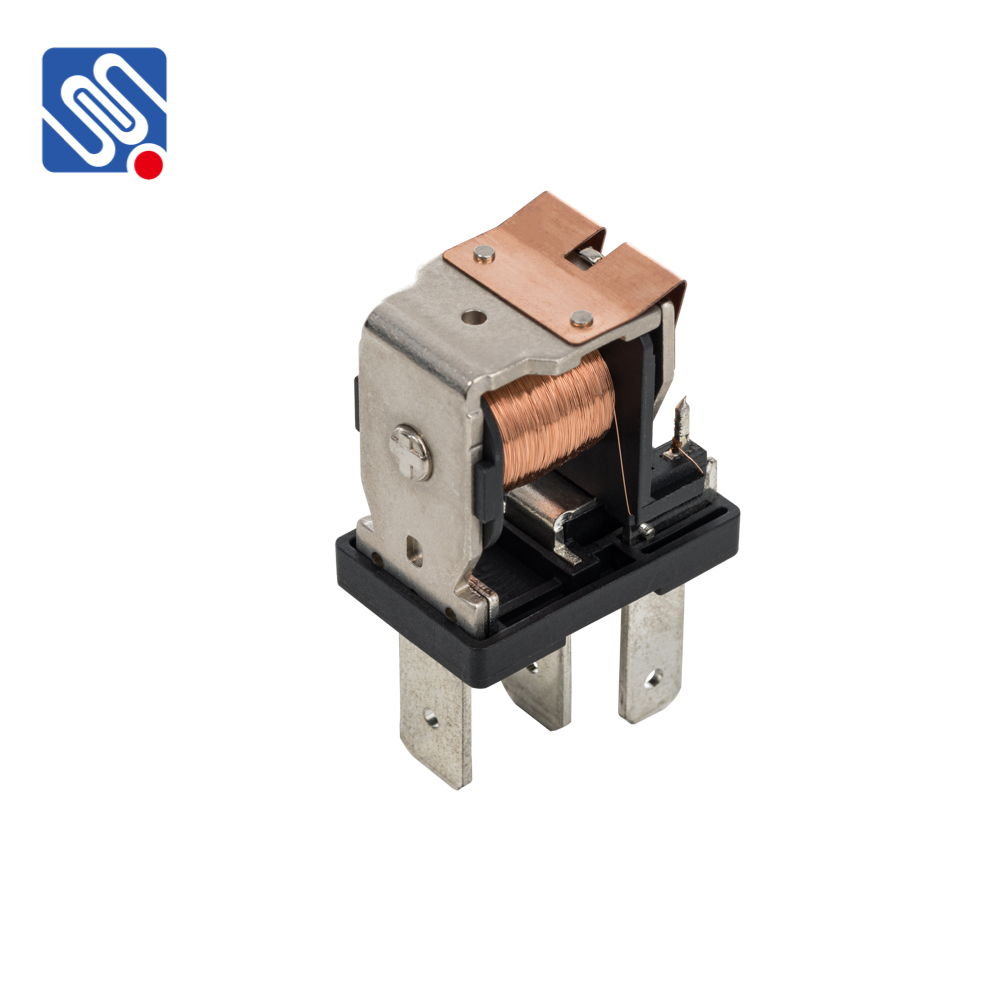Relay materials play a crucial role in the development of electrical systems, ensuring efficient performance, durability, and reliability in a wide range of applications. From simple household appliances to complex industrial machinery, relays act as pivotal components that control the flow of electricity, making the materials used in their construction vitally important. This article explores the types of materials commonly used in relays, the properties that make them suitable for such applications, and the challenges faced in selecting the ideal relay materials.

1. Understanding Relays and Their Function A relay is an electromechanical device that controls the flow of electrical current through a circuit by opening or closing a set of contacts. It is activated by an electric current in its coil, which generates a magnetic field to move the relay’s armature. This action either completes or breaks the electrical circuit, enabling or disabling the flow of electricity. Relays are widely used in many fields, including telecommunications, automotive systems, home appliances, and industrial equipment. Given their diverse applications, the materials used in the construction of relays must meet specific electrical, thermal, and mechanical requirements.